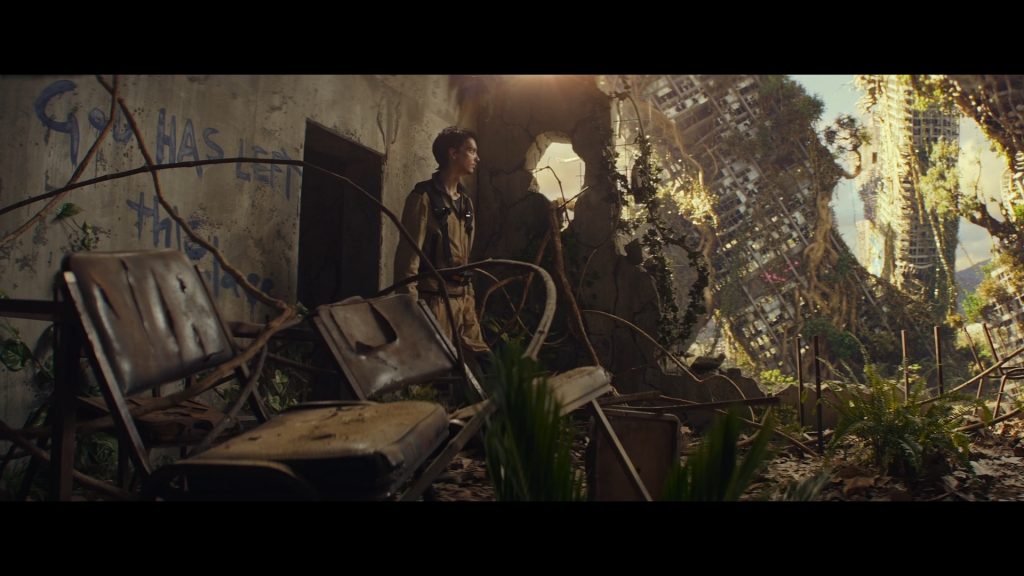
[Es] ist der Reiz der Ruine, dass hier ein Menschenwerk ganz wie ein Naturprodukt empfunden wird.
Dieselben Kräfte, die durch Verwitterung, Ausspülung, Zusammenstürzen, Ansetzen von Vegetation dem Berge seine Gestalt verschaffen, haben sich hier an dem Gemäuer wirksam erwiesen. Was den Bau nach oben geführt hat, ist der menschliche Wille, was ihm sein jetziges Aussehen gibt, ist die mechanische, nach unten ziehende, zernagende und zertrümmernde Naturgewalt. Aber sie lässt das Werk dennoch nicht in die Formlosigkeit bloßer Materie sinken, es entsteht eine neue Form, die vom Standpunkt der Natur aus durchaus sinnvoll, begreiflich, differenziert ist. Die Natur hat das Kunstwerk zum Material ihrer Formung gemacht, wie vorher die Kunst sich der Natur als ihres Stoffes bedient hatte. (Aus: Georg Simmel, Die Ruine, 1907) engl. translation: [It] is the attraction of the ruins that a work of man is perceived here as a product of nature. The same forces that give the mountain its shape through weathering, washing out, collapsing, and the growth of vegetation have proved to be at work here on the walls. Human will is what brought the structure up, what gives it its current appearance is the mechanical, downward-pulling, gnawing and smashing force of nature. But she does not let the work sink into the formlessness of mere matter. A new form emerges that from the point of view of nature is quite meaningful, understandable, differentiated. Nature has made the work of art the material of its formation, just as art had previously used nature as its material.
Germany; 20. Century; Christian; Essay;